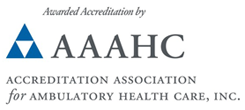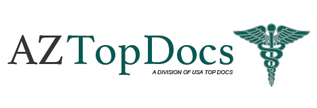A herniated disc, also known as a slipped or ruptured disc, occurs when the soft, gel-like center (nucleus pulposus) of a spinal disc pushes through a tear or crack in the tough outer layer (annulus fibrosus). This protrusion can irritate or compress nearby spinal nerves, leading to pain, numbness, or weakness in the affected area. Herniated discs most commonly occur in the lumbar spine (lower back), but they can also develop in the cervical spine (neck). Causes of a herniated disc include age-related disc degeneration, injury, or repetitive strain on the spine,
which can weaken the disc’s structure over time.
The symptoms of a herniated disc vary depending on the location and severity of the disc herniation. In the lower back, it can cause sharp pain that radiates down the leg, known as sciatica, while in the neck, it may lead to pain radiating into the shoulder or arm. Some people with a herniated disc may not experience significant pain, but for others, the symptoms can be debilitating. Treatment typically begins with conservative methods such as rest, physical therapy, pain medications, and possibly steroid injections. In severe cases, or when conservative treatments are ineffective, surgery may be required to remove the portion of the disc pressing on the nerve.







